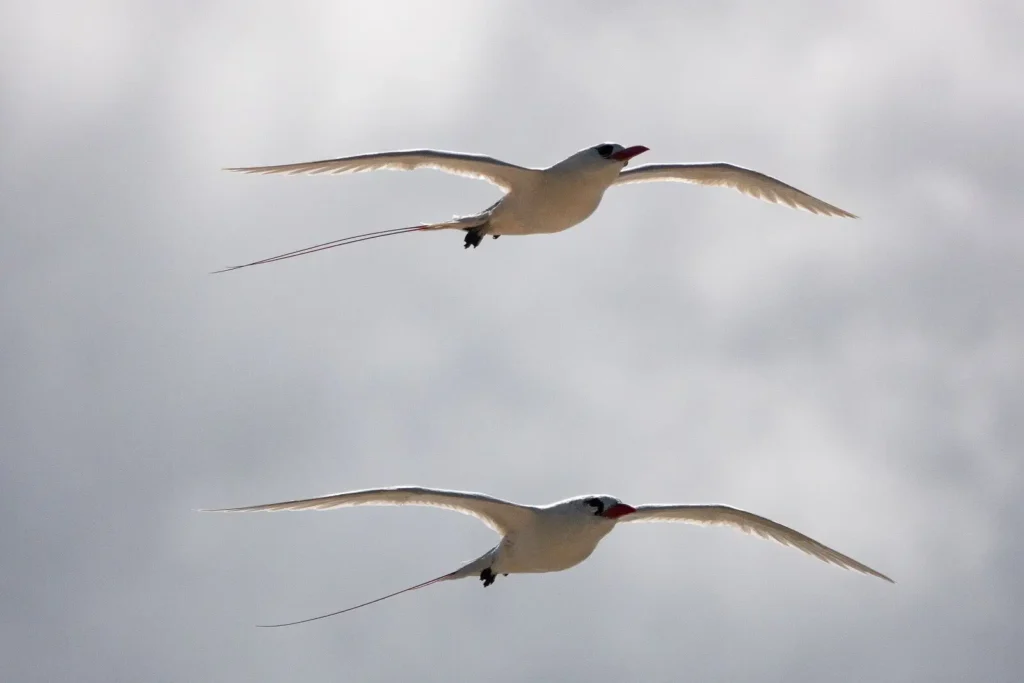Climate change is one of the most significant environmental challenges of our time, affecting ecosystems and species worldwide. Among the most visible and measurable impacts of climate change is its effect on bird habitats. This article delves into how changing temperatures, altered precipitation patterns, and extreme weather events are transforming bird habitats, using scientific data to highlight these changes and their implications.

Temperature Shifts and Habitat Displacement
One of the most direct effects of climate change is the shift in temperature regimes. Birds, being highly sensitive to temperature changes, are experiencing shifts in their geographic ranges. Studies show that many species are moving their ranges poleward or to higher elevations in response to warming temperatures.
A comprehensive study published in Science analyzed data from over 40 years and found that North American bird species have moved an average of 35 kilometers northward and 40 meters upward in elevation per decade . Similarly, European birds have shown similar trends, with some species shifting their ranges by as much as 100 kilometers northward over the past 50 years .
Changes in Breeding and Feeding Habitats
Climate change is altering the availability and quality of breeding and feeding habitats, which is crucial for the survival of bird species. Warmer temperatures are affecting the timing of food availability, such as the emergence of insects and flowering of plants, leading to mismatches between the peak food supply and the breeding season of many bird species. For example, the Pied Flycatcher (Ficedula hypoleuca) in Europe has experienced a significant decline in breeding success because of the mistiming between caterpillar abundance and the period when chicks need the most food. Research shows that populations in areas with the largest shifts in food availability have declined by up to 90%. Products like the No Mess Blend by Wild Birds Unlimited offer a solution by providing nutritious, consistent bird feed that helps mitigate the impact of climate-induced food scarcity on bird populations.
Impact of Altered Precipitation Patterns
Climate change is also causing changes in precipitation patterns, leading to more intense and frequent droughts and floods. These changes affect wetland habitats, which are crucial for many bird species.
In the Central Valley of California, a major stopover for migratory birds, altered precipitation patterns and reduced water availability have significantly impacted wetland habitats. Data from the U.S. Geological Survey (USGS) indicates that the area of wetland habitats in the Central Valley has decreased by over 50% since the 1980s, directly affecting the populations of waterfowl and shorebirds that rely on these wetlands for breeding and feeding .

Extreme Weather Events
Extreme weather events, such as hurricanes, heatwaves, and severe storms, are becoming more frequent and intense due to climate change. These events can have devastating impacts on bird populations and their habitats.
Hurricane Harvey in 2017 provides a stark example. The hurricane caused extensive damage to coastal habitats in Texas, home to numerous bird species. Surveys conducted post-hurricane showed significant declines in the populations of coastal birds such as the Reddish Egret (Egretta rufescens) and the Black Skimmer (Rynchops niger), with some colonies experiencing population drops of up to 50% .
Conservation Strategies and Future Directions
Addressing the impact of climate change on bird habitats requires comprehensive conservation strategies. Protecting and restoring habitats, creating wildlife corridors, and implementing adaptive management practices are crucial steps.
Protected areas play a critical role in conservation. A study published in Nature Climate Change found that protected areas that are well-managed and connected can mitigate some effects of climate change by providing refugia and facilitating range shifts . However, many current protected areas may not be sufficient under future climate scenarios, emphasizing the need for dynamic conservation planning that anticipates future changes.
Citizen science and monitoring programs are invaluable for tracking changes in bird populations and habitats. Programs like the North American Breeding Bird Survey and the European Bird Census Council provide extensive data that help scientists and conservationists understand and respond to climate impacts on birds.
Conclusion
Climate change poses significant challenges to bird habitats worldwide, causing shifts in geographic ranges, altering breeding and feeding habitats, changing precipitation patterns, and increasing the frequency of extreme weather events. Scientific data and research are crucial in understanding these impacts and informing conservation strategies. By leveraging data-driven insights and proactive conservation measures, we can better protect bird species and their habitats in a rapidly changing world.
References
References
- Science: “Climate Change and the Shifting Range of North American Birds” (Science)
- Nature Communications: “Northward Shift of European Birds in Response to Warming”
- Global Change Biology: “Phenological Mismatch in the Pied Flycatcher”
- USGS: “Wetland Habitat Changes in the Central Valley of California” (USGS)
- The Condor: “Impact of Hurricane Harvey on Coastal Bird Populations” (The Condor)
- Nature Climate Change: “Effectiveness of Protected Areas in Mitigating Climate Change Impacts on Bird Species”
